Love the Awful Atomium and Scareo System! More of these here.
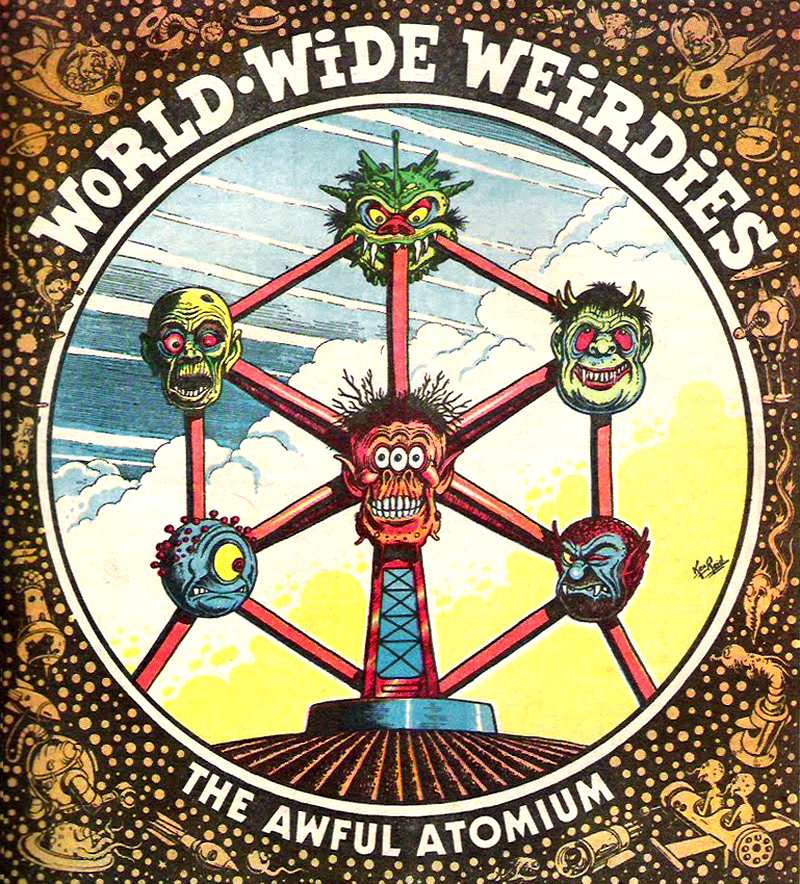
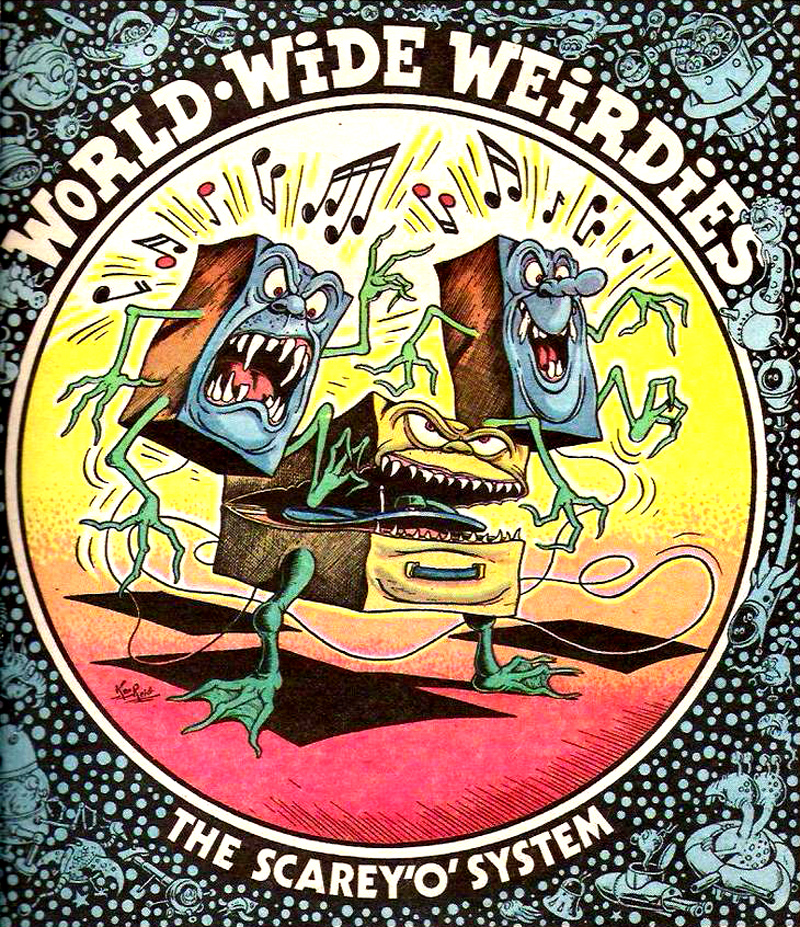
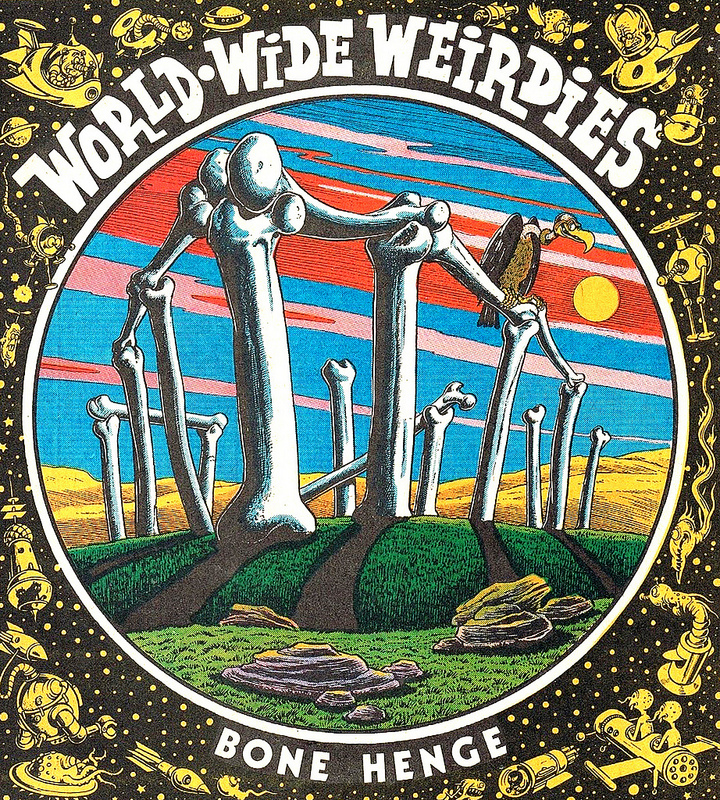
Love the Awful Atomium and Scareo System! More of these here.
This is what the classic Warner Bros. 'Road Runner' cartoon would have sounded like if Louis and Bebe Barron had scored it. Fantastic.
Very pleased that 'The Beam' limited edition 'Pilot Pack' made it in at No.2 in The 405's best artwork/packaging of 2013. Of course most praise should go to Emily at Stanley James Press for creating such a stunning package. It's also very nice to be featured alongside artists whose work I respect and admire such as Luke Insect and Julian House.
Sadly the Pilot Pack sold out within 24hrs of going on sale, but the standard (its far from standard!) issue on 10" clear vinyl with full colour printed map, is still available here.
VOICES OF SCIENCE tells the stories of some of the most remarkable scientific and engineering discoveries of the past century using oral history interviews with prominent British scientists and engineers.
Listen and watch short audio and video clips of scientists and engineers talking candidly about their motivations, frustrations, triumphs, colleagues, families and childhoods.
Click the image to go to the site.
Some fantastic photos of the Moog synthesizer factory taken by William Beith in 1977.
The original R. A. Moog factory was in Trumansburg New York. It was at this location the modulars were built and the Minimoog invented. In 1971, this enterprise was purchased by a venture capitalist, Bill Waytena who had formed the electronics company Musonics. Waytena moved the Moog factory from Trumansburg to Williamsville, near Buffalo New York. In 1973 Moog Music was taken over by the musical instrument giant Norlin, which also owned (among other brands) Pearl drums, Gibson guitars, and Armstrong flutes. (Details sourced from Analog Days, Trevor Pinch and Frank Trocco, Harvard University Press, 2002)
At the time of this visit, I worked for Gibson guitars and when traveling to the east coast, a tour of the Moog factory was arranged for me. There were no restrictions placed on my ability to photograph, which resulted in pictures that include the R&D process.
The Polymoog was in production. R&D efforts were underway for what would eventually become the Memorymoog. The blackboard was in an R&D room that contained circuit boards patched together. Some of the circuits looked to be Polymoog in origin, and some appeared to be parts of a Moog modular. My sense was they were developing an instrument that carried the essence of the Minimoog expressed in a polyphonic form that expanded the capabilities of the Polymoog. The pictures of drawings are concept drawings of the Memorymoog.
-William Beith
Click the image for more
Moogfest, the 5 day festival that celebrates electronic music, with a focus on but not limited to Moog synthesizers old and new, have just announced a great lineup of day time speakers. From legendary synthesizer pioneers (Don Buchla, Dave Smith, Tom Oberheim) to users (Malcom Cecil, Giorgio Moroder, Keith Emerson, Cliff Martinez) it will be a great opportunity to hear first hand the impact of the synthesizer (specifically the voltage controlled synthesizer) in its 50th year.
A lovely little package from Korg (who seem to completely get the current synthesizer craze right now, with their classic filter featuring Monotrons and recent re-issue of the classic MS-20 monosynth) and electronic gadget company Little Bits. From the little information available it seems to be a snap together kit for building your own modular synth. I know what I'll be doing this Christmas if Santa reads my letter. I'm rubbish at soldering and this fact has put me off attempting to build my own electronic music circuits - but this kit appears to be solder free. Perfect.
More info here.
UPDATE - Peter Kirn over at Create Digital Music has a hands on review with some interesting sound examples sounding very much like Raymond Scott. More here.

The Atomium is a structure built for the Brussels World's Fair in 1958. At 102 metres high, with its nine interconnected spheres, it represents an elementary iron crystal enlarged 165 billion times.
I'd love to perform with my Buchla Electric Music box in one of the spheres.
I'm not sure if these explosions are being caused by the vibrations of the electronic sound, or if there is something else being used to create the powerful eruptions of colored powder. However it's done, it looks fantastic.
Sound Explosions by Martin Klimas
For Sound Explosions, he asked several musicians to work on short sound sequences, so called patches, using analogue synthesizers made between 1930 and 1990. Klimas shows those synthesizers with all their wires and cables, to give people an idea of the complexity of the sounds he is working with. He then replays the patches on his set, using pigments in place of liquid colors this time. He puts up the volume and lets the colors explode.
Stunning mix of music from obscure 16mm films from the always inspiring I*HATE*THIS*FILM blog, where you can also find the track listing.
0.00 Overture / The West Coast Pop Art Experimental Band (from The world of '68 by Charles Braverman, 1969) 0.56 Comput-her baby / ???? (film by Dave Goldson, Neal Chastain, 1968) 1.44 Fantasy city / ????
A film by Alex Tyson of Charles Cohen playing his vintage Buchla Music Easel. Launched in 1975, only 14 of these performance synthesizers were ever built. In 2013 Buchla are re-issuing the Easel.
Produced + Directed by Alex Tyson. Viewing with headphones or a stereo is highly recommended.
A film featuring sound artist Charles Cohen improvising on a 1970's Buchla Music Easel. This extremely rare instrument is one of Don Buchla's 200 series. Buchla (a pioneer of audio synthesis) only manufactured 14 of these units. The film was edited from over an hour of free improvisation, with audio taken directly from Charles' mixing board.
Under the name Benge, Ben Edwards has been sharing the sounds of his vast collection of vintage synths for nearly twenty years. His Twenty Systems LP (2008) charted the development of electronic music technology, with each track using a particular synthesizer.
His most recent work FORMS Series 1, is an exploration of the Buchla 100 Electronic Modular Synthesizer.
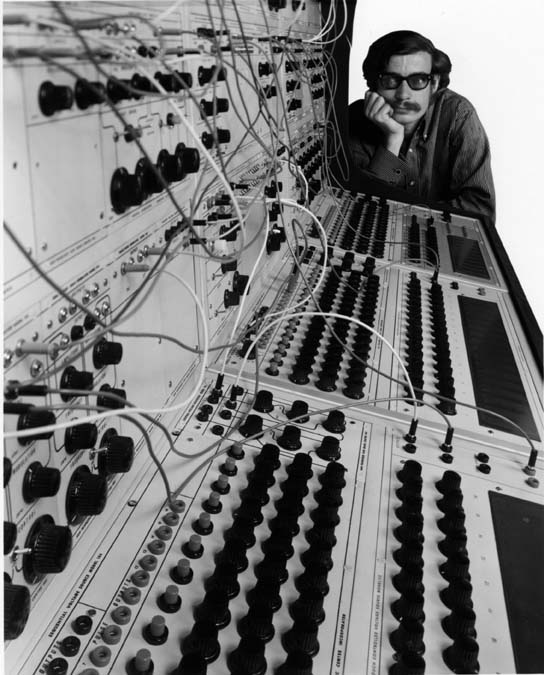
Don Buchla at his System 100
On most tracks the patches were set up and left to run by themselves, with minor human intervention other than adjusting the various potentiometers. The Buchla 100 system is very adept at producing self-perpetuating sounds and it is this aspect of it that is explored here
Mini Paper Pavilion Club make 1:1000 scale models of imaginary public spaces, otherwise known as Pavilions. The best of these are often found at Worlds Fairs, and some truly stunning examples can be seen at Expo 58 in Brussels, Expo 64 in New York, and Expo 67 in Montreal. These kinds of exhibitions were a huge inspiration for The Simonsound single The Beam, and through a chance Twitter interaction the MPPC have created a model inspired by our celebration of the World's Fair's favorite mode of transport, The Monorail.
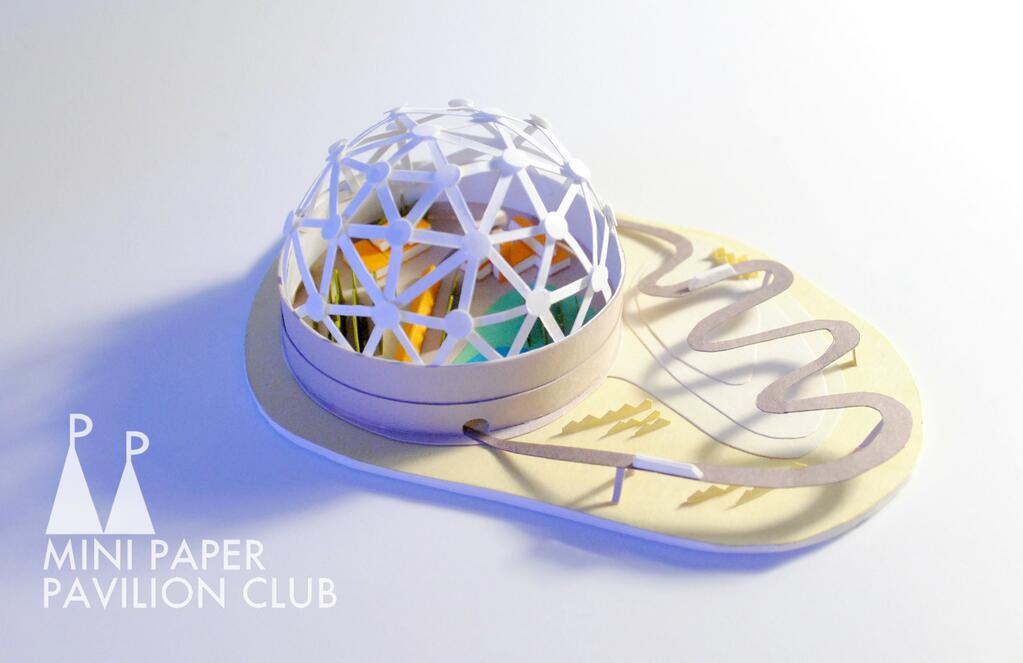
The Miniature Paper Pavilion Club meets biweekly in Vancouver to build ~1:100 scale architectural marvels. We are interested in creating imaginary celebrative public spaces - miniature beacons to all humankind, elevating the wonder of innovation and excellence!
See more of these amazing models here.
This time by natural forces, as a thunderstorm hit Brighton over the weekend. I tried recording from my loft (which you'll hear first) and then from the front of my house. You can hear the screams of the car alarms triggered by the powerful sound waves of the thunder claps too.
Technical note - recorded with the new Zoom H6 in XY mode. I got caught out on the levels and hadn't switched on the backup mode on the Zoom, which creates a safety recording 15db lower than the primary recording.
Hans Zimmer used these amazing sound sculptures, created by Chas Smith, for the upcoming Superman film. I've bowed a few things (cymbals, bells, egg slicer) but nothing this elaborate. How prominent these sounds end up in the film itself I can't say, but it's inspiring to see and hear them in action behind the scenes.
Last year I helped Ian Helliwell record the EMS VCS3 (we actually used an EMS AKS) Synthesiser parts for Tristram Cary's 'chance' composition Trios. The piece, which involves 3 performers - one on synthesiser, the other 2 using dice to determine which tracks to play from 2 prerecorded vinyl records, was performed at the Hackney Picture House in March 2013. The dice in this performance were donated to Ian by Tristram Cary himself, and it is Cary's voice you hear at the start of the recording introducing Trios.
We chose to pre-record the synthesizer parts to reel to reel tape and substituted CD's for the original vinyl. Ian provided the projections and directed the video.
Here is a recording I made of a Typhoon Jet over Shoreham in Sussex. Whilst I don't agree with everything these machines are used for, you can't deny the sky splitting barrage of sound isn't mind blowing.
Technical note - I used the new Zoom H6 handheld recorder and X/Y microphone for this recording. No compression or treatment in post.

Using Monorail, Disneyworld and EPCOT archive material and some footage I shot whilst visiting Disney World in Florida last year, I have created a video for the Simonsound single 'The Beam'.
Here is a recording from a live space ritual performed in Dome B at Herstmonceux Observatory in Sussex. Combining Buchla Electric Music Box, Kaleidoloop and a Yapp 36 inch refracting telescope, the aim was to summon cosmic transmissions from deep space. Over the course of the evening we picked up voices of long lost astronauts, stars being born, distant undiscovered planets with strange atmospheres, creaking relics of the space race and many more things that defy description. The sounds of these space transmissions can now be heard.
Listen below or buy here. You name the price, starting at free!
The smog of London drove the Royal Greenwich Observatory to Sussex.